As we move into Level 3 of the nationwide lockdown, I was curious to know what some authors were doing with their time. I decided to do some online searching, and it was fascinating! Not only are there some very creative authors out there, but I also kept getting side-tracked by all the other groovy stuff that’s being created and shared online at this time. It reminded me of diving into a very deep swimming pool of creativity.
Maybe you could “go swimming” yourself, with a parent or caregiver on hand to keep you safe online of course!
Here’s some of the great activities and webpages I discovered, so this might be a good place to start your swim:
Dav Pilkey – author of Dogman and Captain Underpants books and so much more has created a fantastic lockdown activities page, Dav Pilkey At Home, on the Scholastic Books website. This page is chock full of videos, activities, and things to draw, read and write to keep you occupied during lockdown. While you’re checking out Dav Pilkey At Home, why not read Dav Pilkey’s books online through our eLibrary?
Fifi Colston is not only an amazing NZ children’s author, but she’s a wonderfully creative artist as well. Check out her Fifi Colston Creative Pandemic Resources page for a huge range of really creative craft activities you can do with stuff you find at home. For example, see below for an incredibly cool project you can do with nothing but empty toilet paper rolls and a couple of other bits and bobs
Finally, don’t forget to check out local school websites as well. Wellington’s Raroa Normal Intermediate School library website has a very deep pool of at-home resources and activities to swim amongst, and it was here that I really started to swim down some side streams and waterways! They’ve aptly named their page Rāhui Resources.
Here are just a couple of pages I freestyled my way into from Rāhui Resources:
- New Zealand Geographic magazine have put together an awesome Together at Home page with something new to explore in this beautiful country of ours for every day of lockdown.
- And life just wouldn’t be complete without a few comics to enjoy. SJL.com (School Library Journal) have put up some free kids and teen comics for you to enjoy including the popular Cucumber Quest, Ozy and Millie and Wormworld Saga comic books.
Finally, just because… if you’ve got an iPad at home, why not try your hand at some blackout poetry:
Here’s my blackout poem using this Stuff News KEA Kids News article
Celebrating in lockdown,
Special day, cake, video chats
A happy family wish to you.
Our planet healthier
Growing native plants
In this unusual time.
Keep safe, and remember — wash your hands!

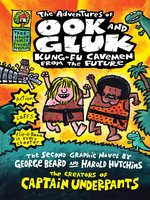

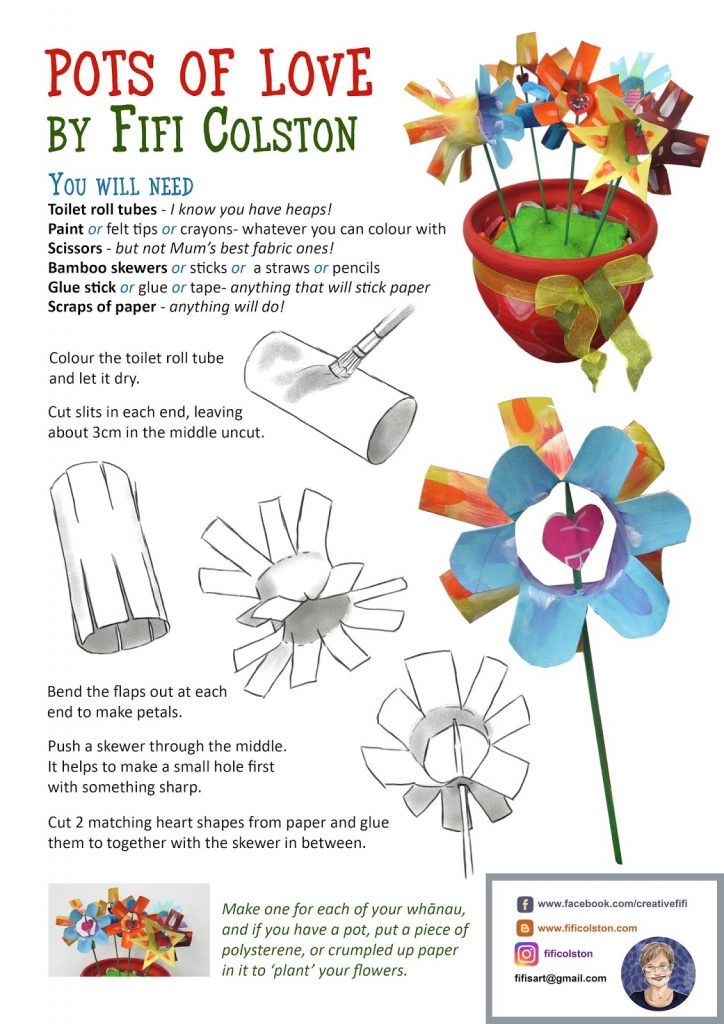
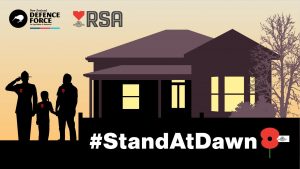
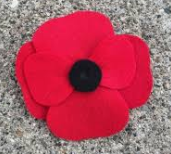
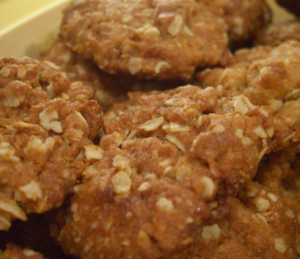
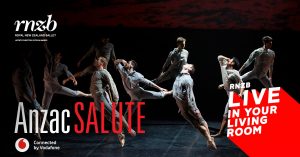







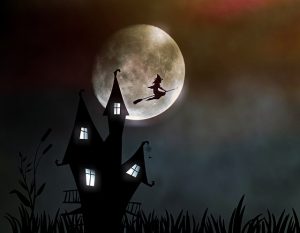
 September is Bee Awareness month and this year
September is Bee Awareness month and this year 










